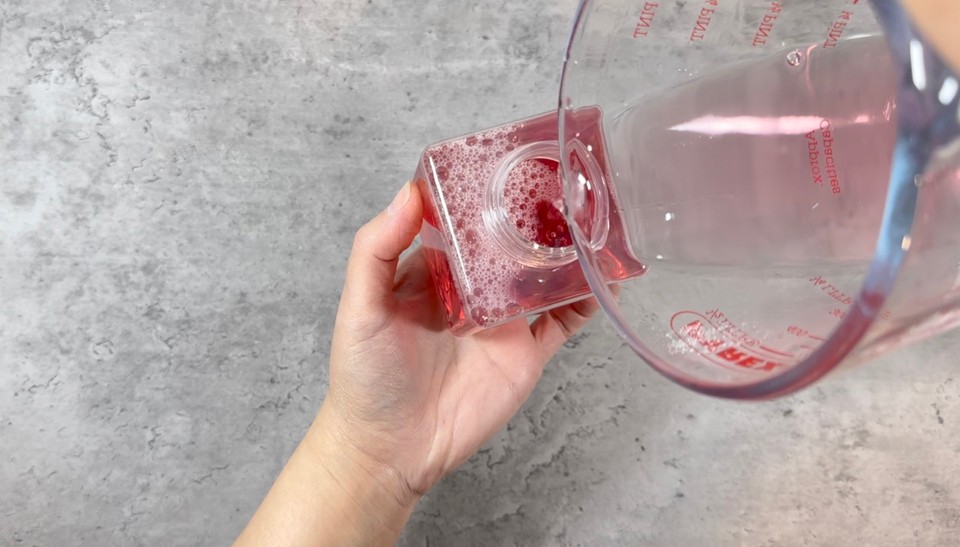Vitamin C Hibiscus Foam Cleanser
| Phase | Ingredient | Percent (%) | Weight (g) |
|---|---|---|---|
| Phase A | Hibiscus infusion | 30.5 | 91.5 |
| Allantoin | 0.5 | 1.5 | |
| Phase B | Rose hydrosol | 37 | 111 |
| Propanediol | 4 | 12 | |
| Zinc gluconate | 0.5 | 1.5 | |
| Vitamin C | 3 | 9 | |
| Cucumber extract | 4 | 12 | |
| Malva Sylvestris Flower extract | 3.5 | 10.5 | |
| Cocamidopropyl Betaine | 10 | 30 | |
| Coco glucoside | 5 | 15 | |
| Preservative (Biomix eco) | 2 | 6 |
In this face foam cleanser, I used hibiscus infusion.
Hibiscus infusion is known for its skin benefits.
Hibiscus infusion contains natural AHAs (alpha-hydroxy acids) that can help to exfoliate and brighten the skin, reducing the appearance of fine lines and wrinkles.
Hibiscus infusion is rich in antioxidants, which protect the skin from damage caused by free radicals.
Hibiscus infusion also has antibacterial properties that can help with acne-causing bacteria on the skin.
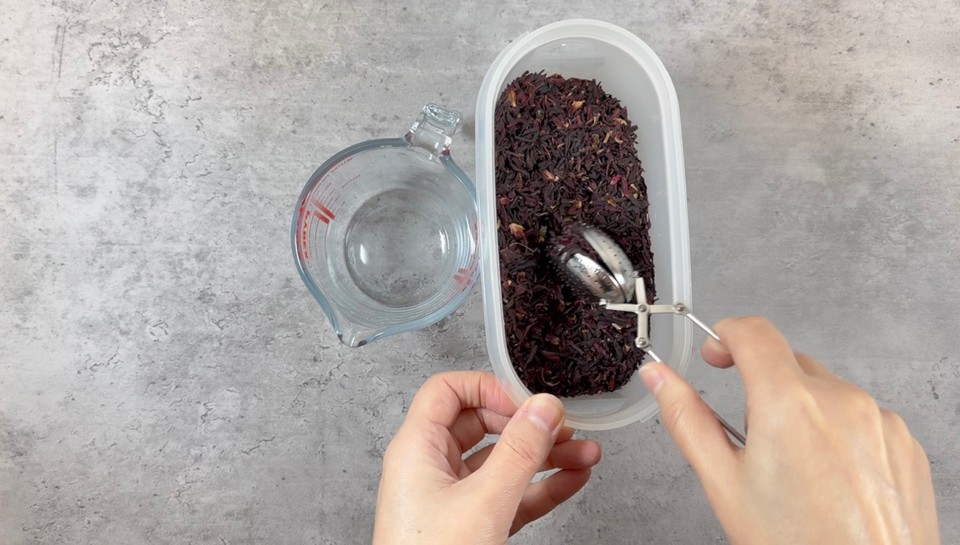
If you have sensitive skin, you should do a patch test before applying hibiscus ingredients to your face. Since hibiscus contains natural AHAs (alpha-hydroxy acids), these can be too harsh for some skin types.
I shared a foam face cleanser for sensitive skin in an earlier post. If you have sensitive skin and prefer to avoid hibiscus infusion and vitamin C in your foam cleanser. Try the sensitive skin foam cleanser instead.
Another ingredient I like adding to my skincare is Allantoin. It is a natural compound derived from the comfrey plant's root. It is also found in other plants, such as chamomile and sugar beet.
Allantoin has several benefits in skincare, such as anti-inflammatory properties, moisturizing properties (it is a humectant that helps to draw moisture into the skin and keep it hydrated), and exfoliating properties.
Allantoin is considered safe for most skin types, but if you suffer from a skin condition, always consult a dermatologist or a doctor before using any skincare products.
When adding Allantoin into the water phase, we need to ensure the temperature is 50 degrees celsius before adding it into the water phase. This temperature range is optimal for dissolving Allantoin and ensuring it is evenly distributed to avoid shards.
Since I'm making the hibiscus infusion with boiling water, I measure the temperature before adding the Allantoin to the hibiscus infusion.
You can use aloe vera liquid or Panthenol if you prefer to replace the Allantoin. If you use Panthenol, add it when the infusion has cooled down to room temperature. You can also replace the Allantoin with natural betaine or green tea extract (both should be added when the infusion has cooled down to room temperature).
In this recipe, I added rose hydrosol mainly for the lovely scent it adds to the final product but also for its hydration properties. You can replace the rose hydrosol with geranium hydrosol, lavender hydrosol or aloe vera liquid. You can also swap the rose hydrosol with more hibiscus infusion.
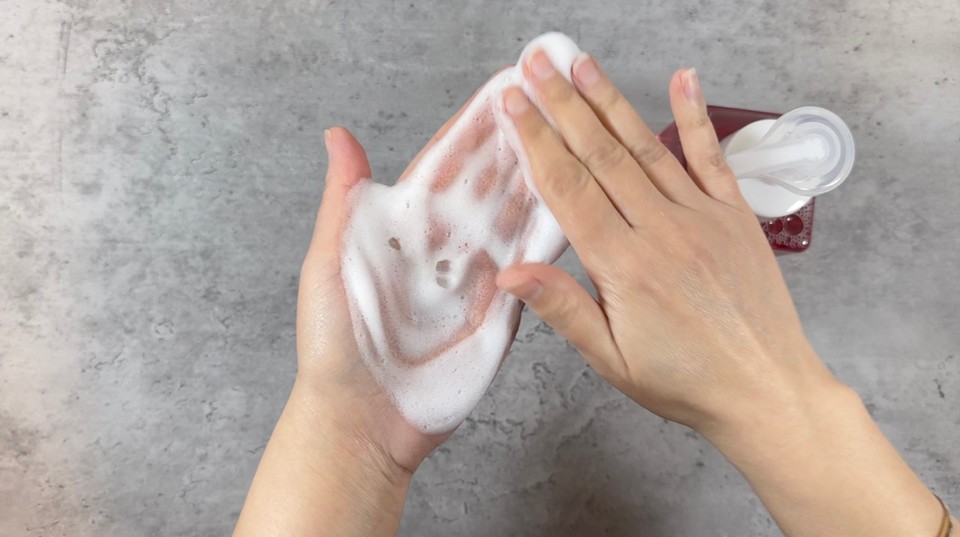
Next in this recipe is Propanediol. It is an excellent humectant and a skin penetration enhancer (Propanediol can help to improve the penetration of other active ingredients making them more effective). If you want to replace it, use glycerin, sorbitol or sodium lactate.
I added zinc gluconate to this face cleanser since it has anti-inflammatory and oil-control benefits (it can help regulate oil production in the skin, making it a beneficial ingredient for oily or acne-prone skin. If you want to swap it with other ingredients, use Niacinamide, camomile extract, liquorice root extract (water-soluble) or green tea extract.
I also added cucumber and malva extracts, both known for their soothing properties. You can skip these ingredients and add the hibiscus infusion or use aloe vera liquid. You can also replace these with oats extract or calendula extract.

For my surfactants, I chose Cocamidopropyl Betaine and coco glucoside.
Cocamidopropyl Betaine is derived from coconut oil and is known for its mild cleansing and foaming properties.
Coco glucoside is a natural surfactant derived from coconut oil and glucose. It is a mild, non-ionic surfactant.
You can use just one (total of 45g of surfactant) or replace them with decyl glucoside, coco betaine, lauryl glucoside, Sodium cocoyl glutamate (liquid) or sodium cocoyl apple amino acids.
Use any water-soluble preservative you like to use in your cosmetics. Remember to use it according to the supplier's instructions. If you need to increase the percentage, you can subtract from the hibiscus infusion and vice versa.
Method:
- Make the hibiscus infusion using boiled distilled water.

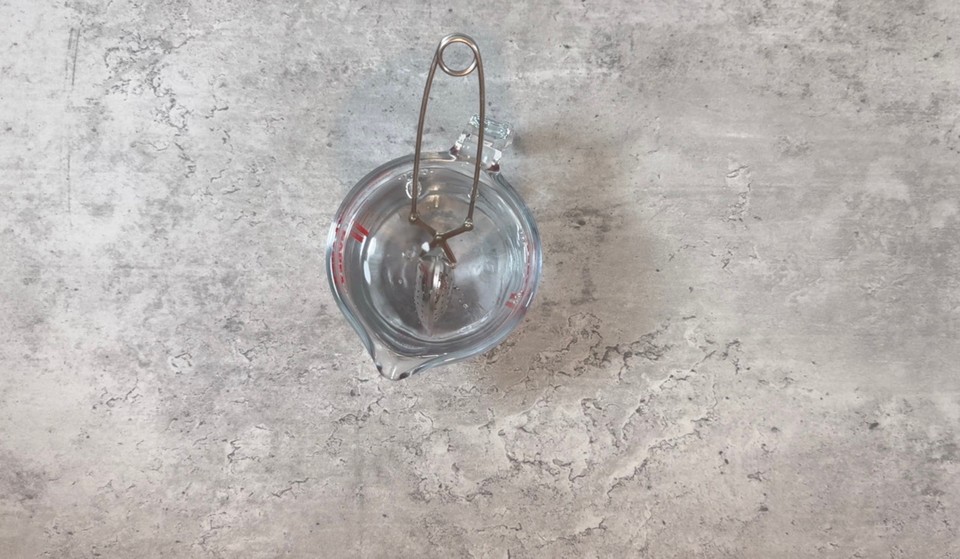
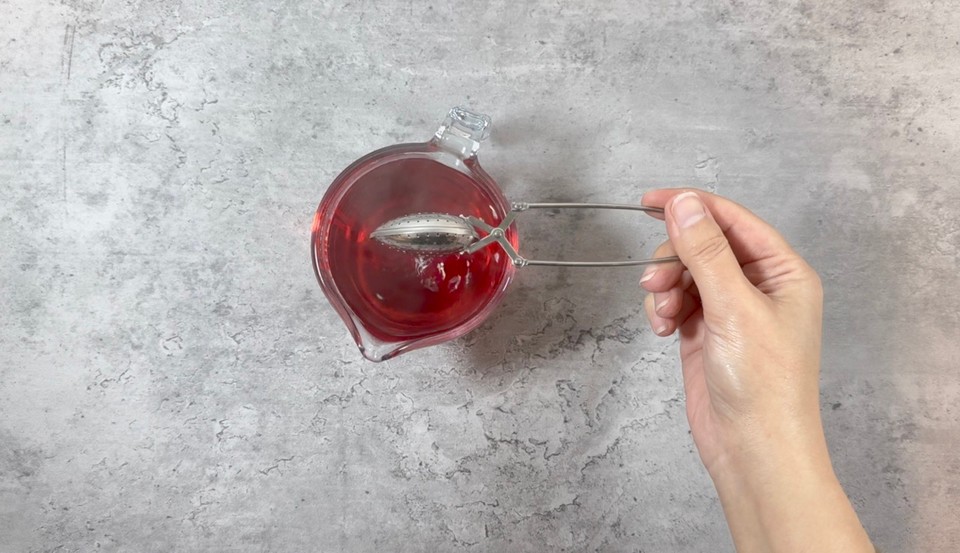
- Weight the hot hibiscus infusion into a heat-resistance beaker.
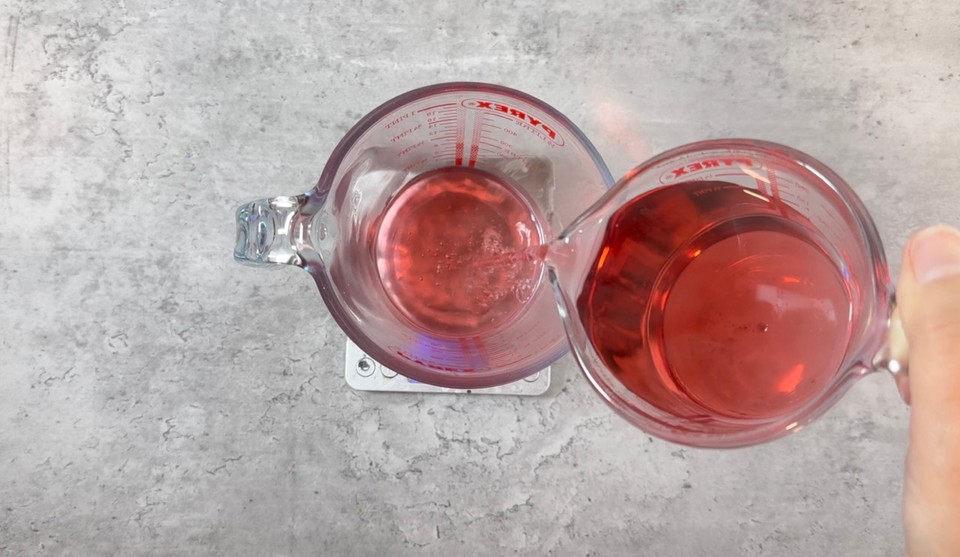
- Add the allantoin after checking the temperature is around 50 degrees Celsius. Mix to dissolve the allantoin.
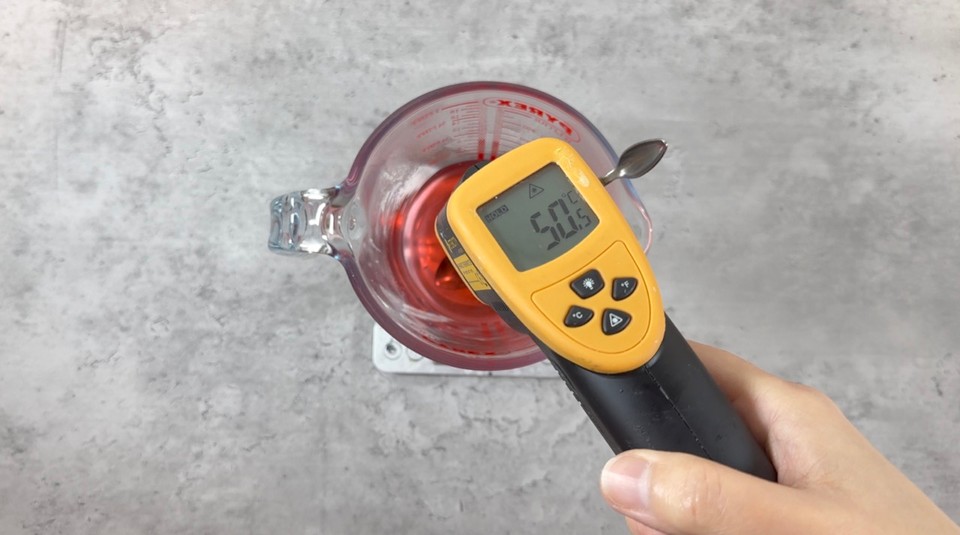
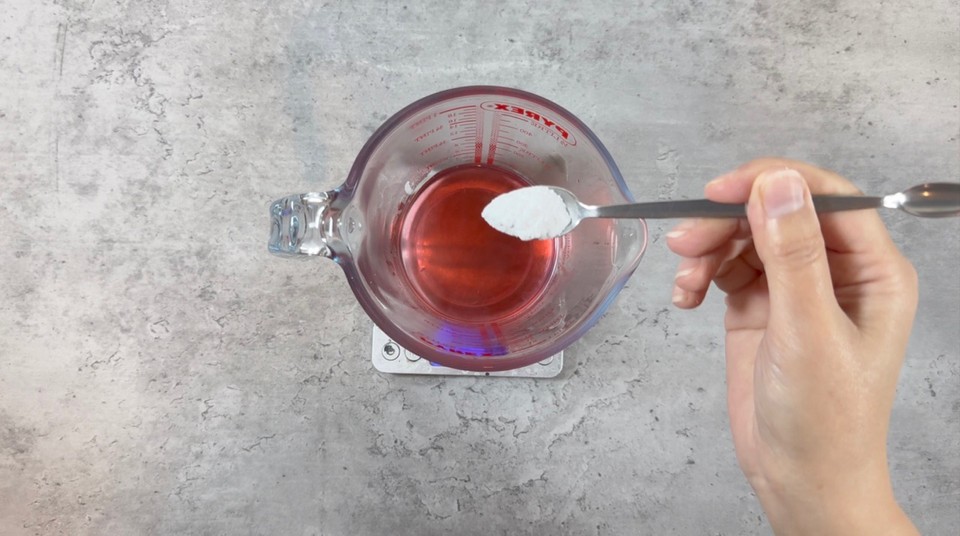
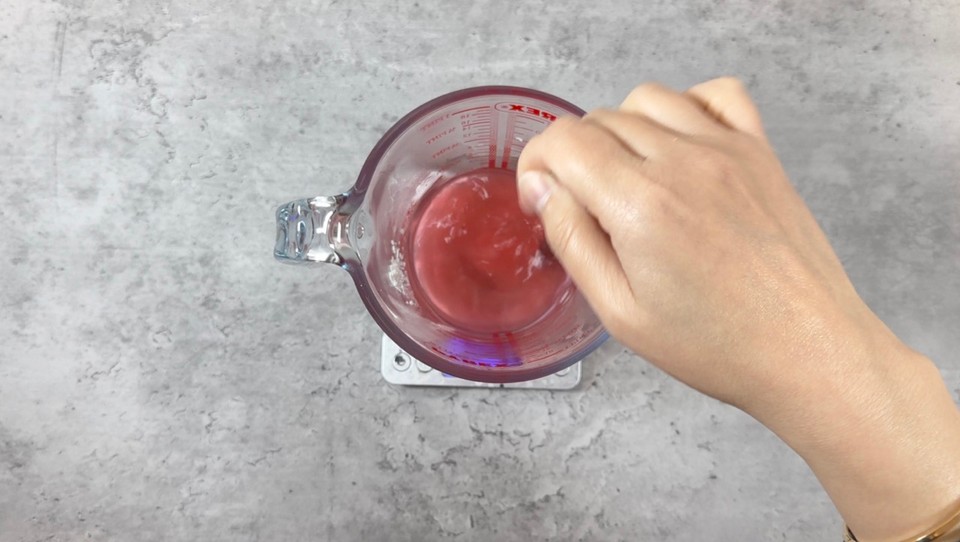
- Add the hydrosol, Propanediol and zinc gluconate and mix to combine.


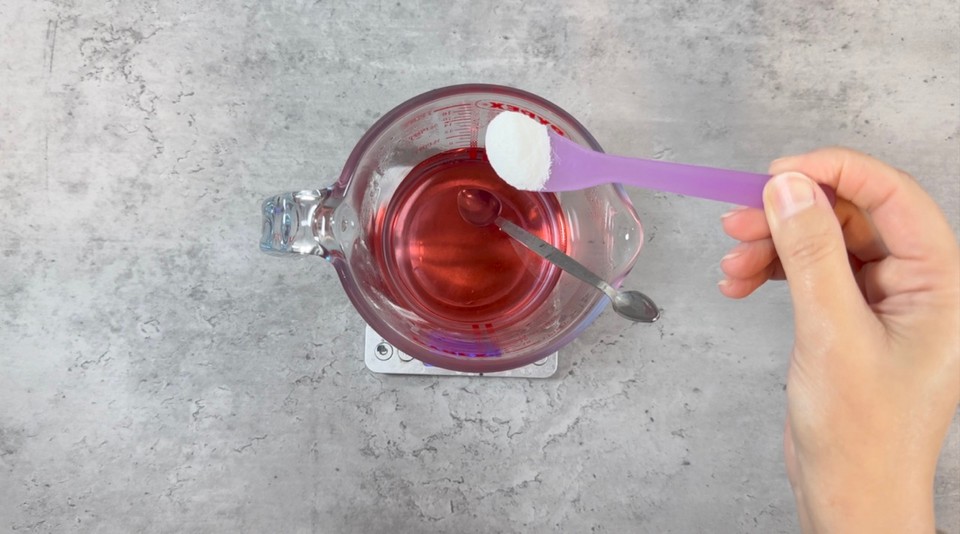
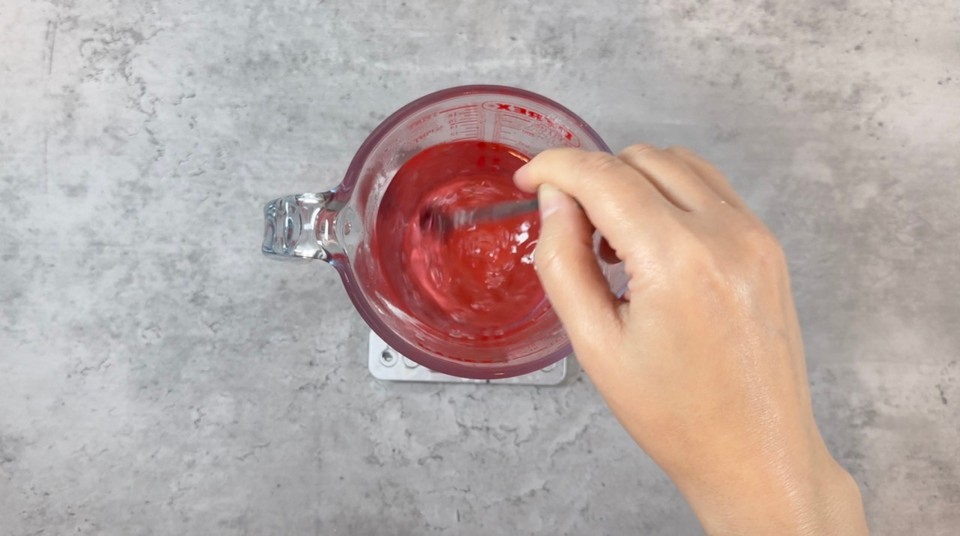
- Add the vitamin C and mix to dissolve.

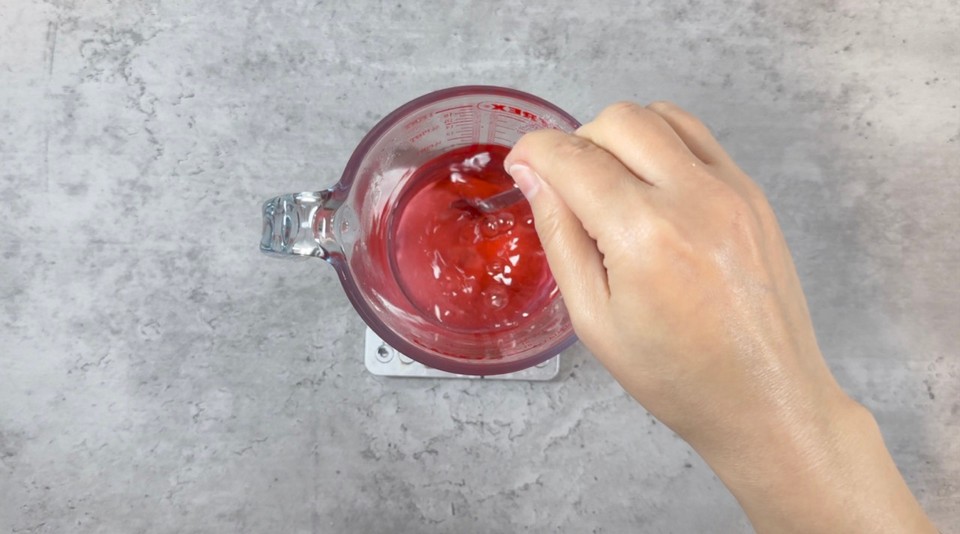
- Add the extracts and the preservative and mix.

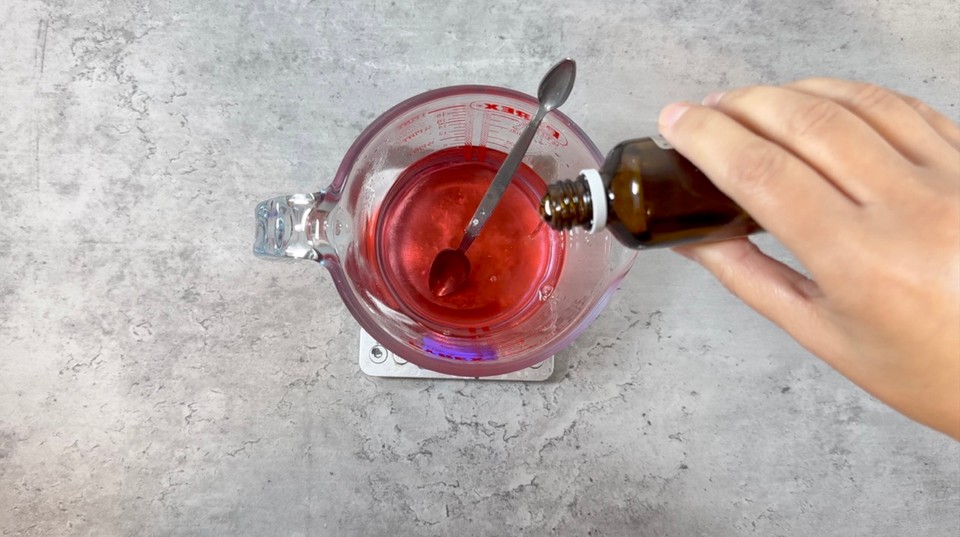
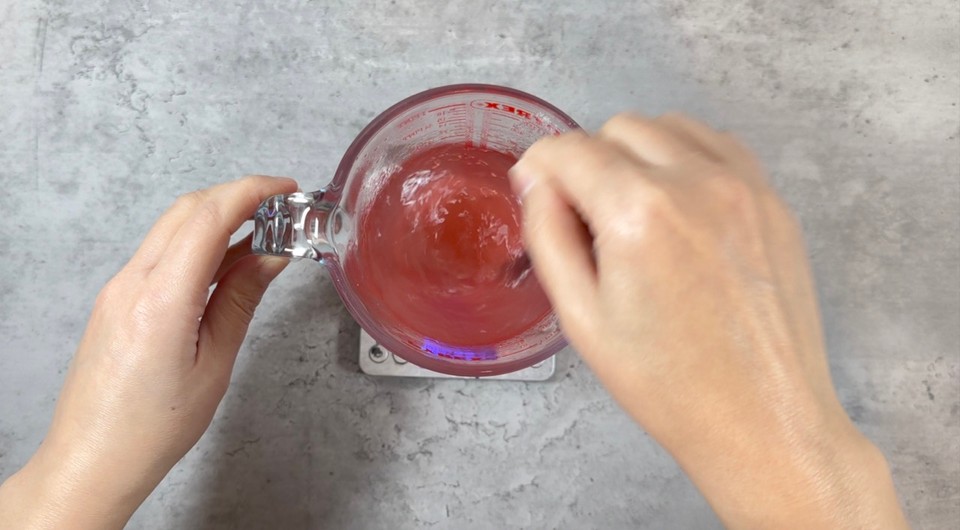
- Add the surfactants and stir to combine.
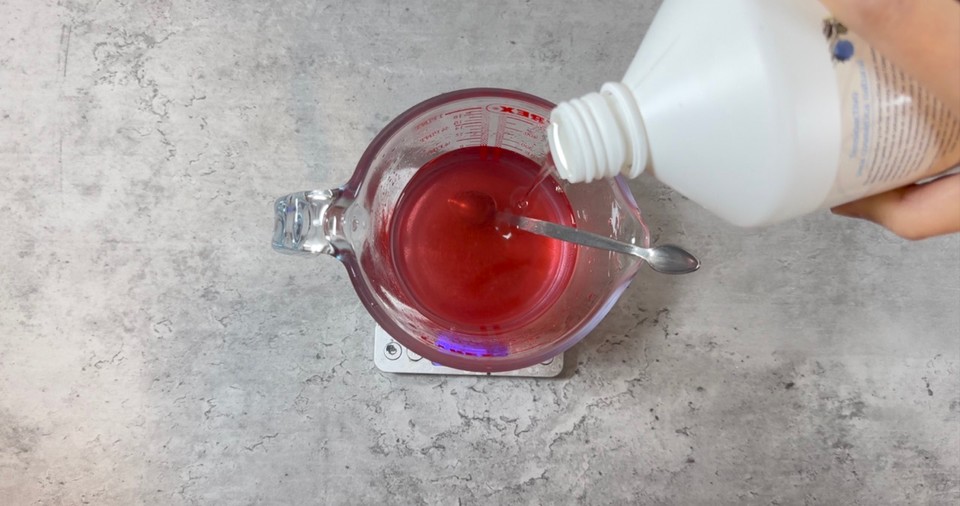
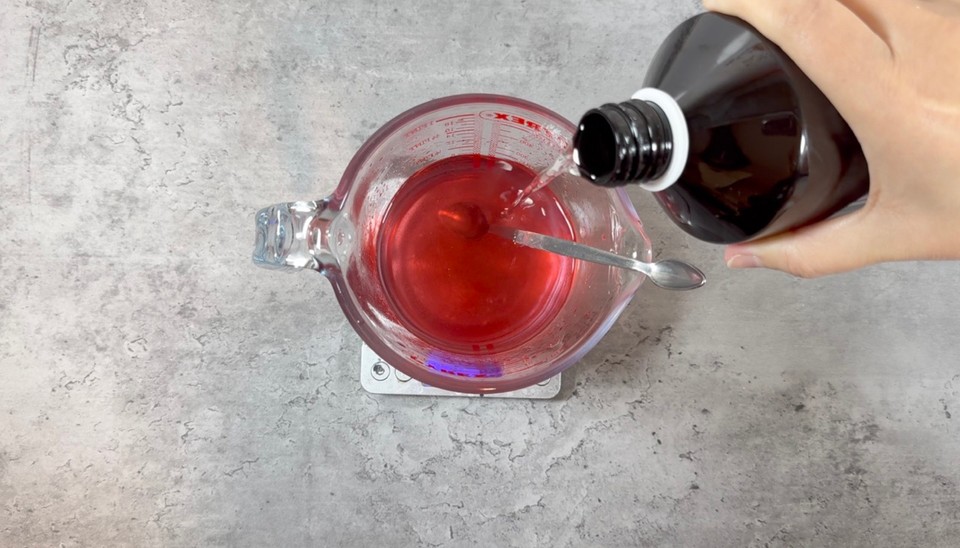
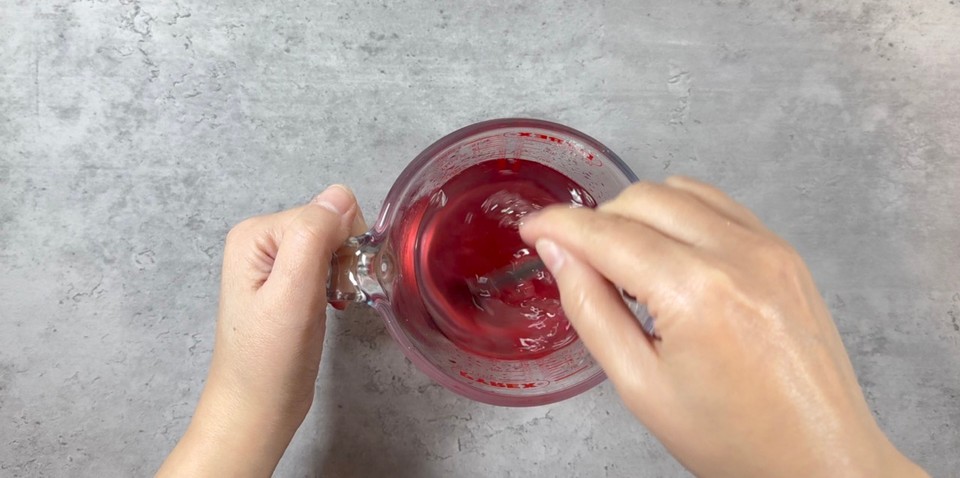
- Check the PH level and adjust if necessary. Ph between 4-5 is fine. I added a few drops of lactic acid 80% to lower the PH. To read more about PH adjustments, check this post here.

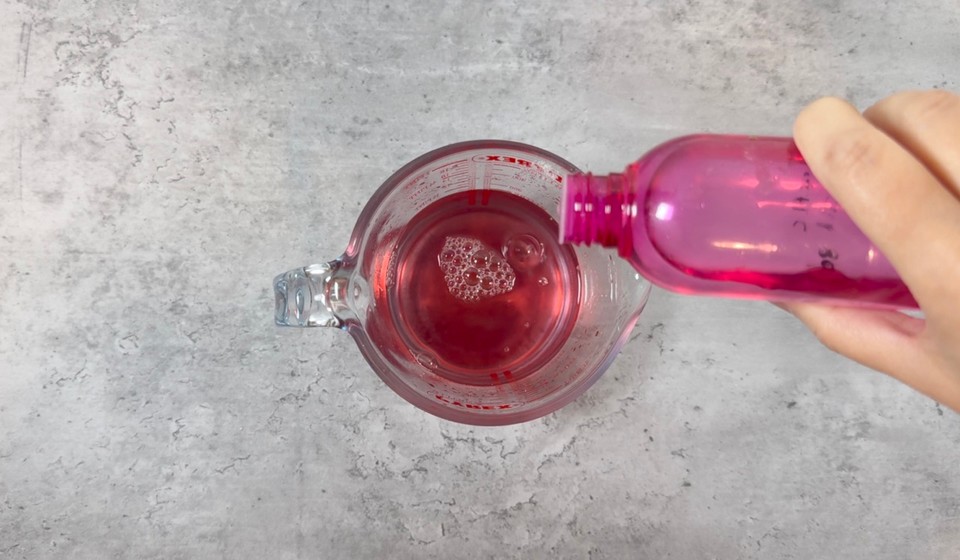

- Pour the face cleanser into a foaming bottle.
